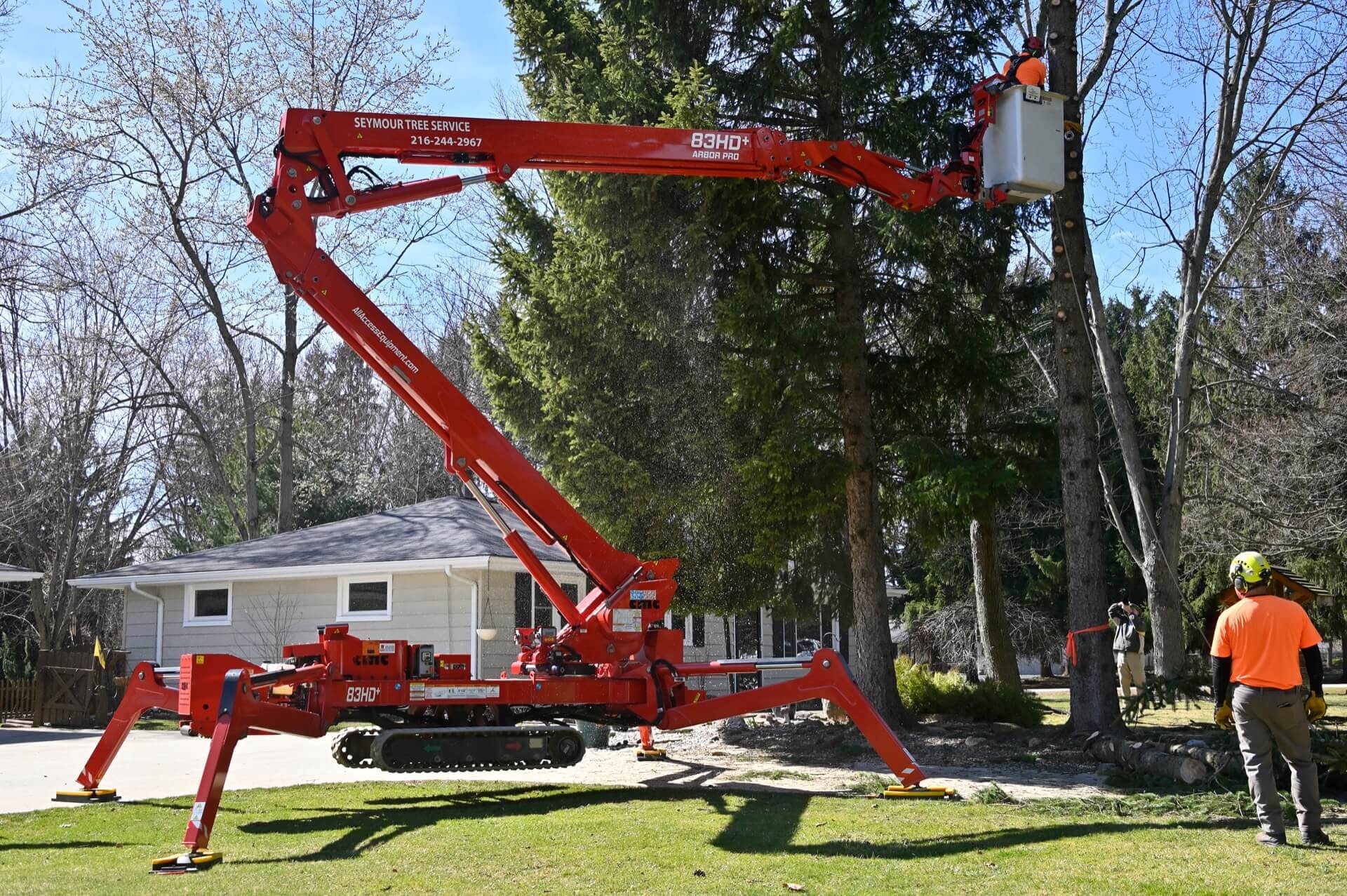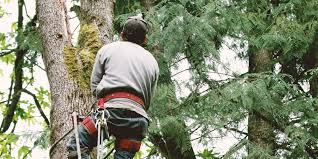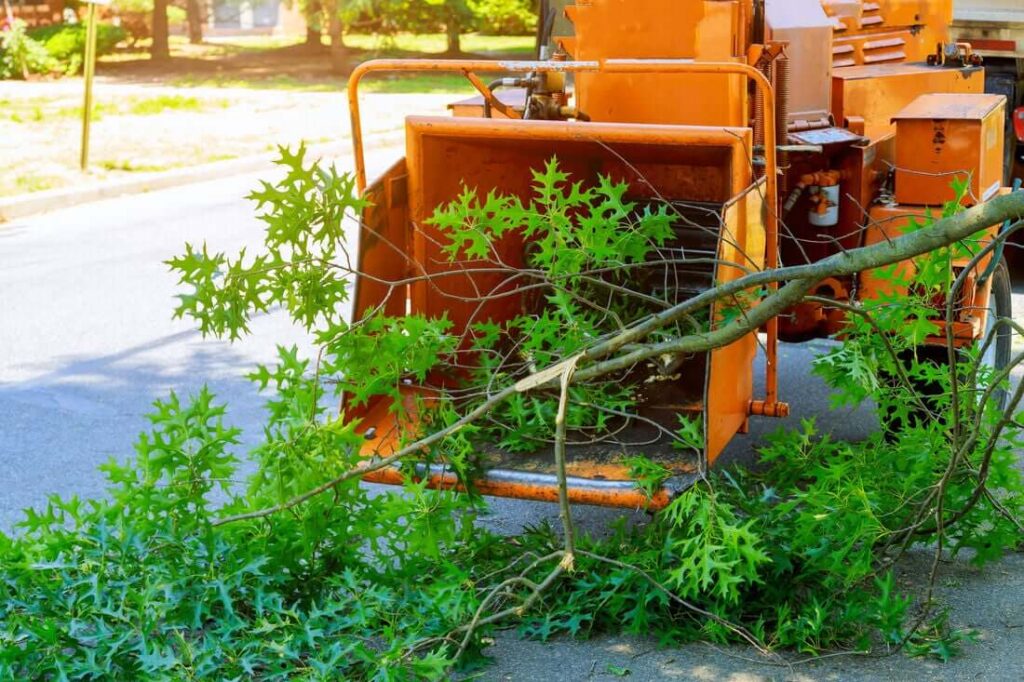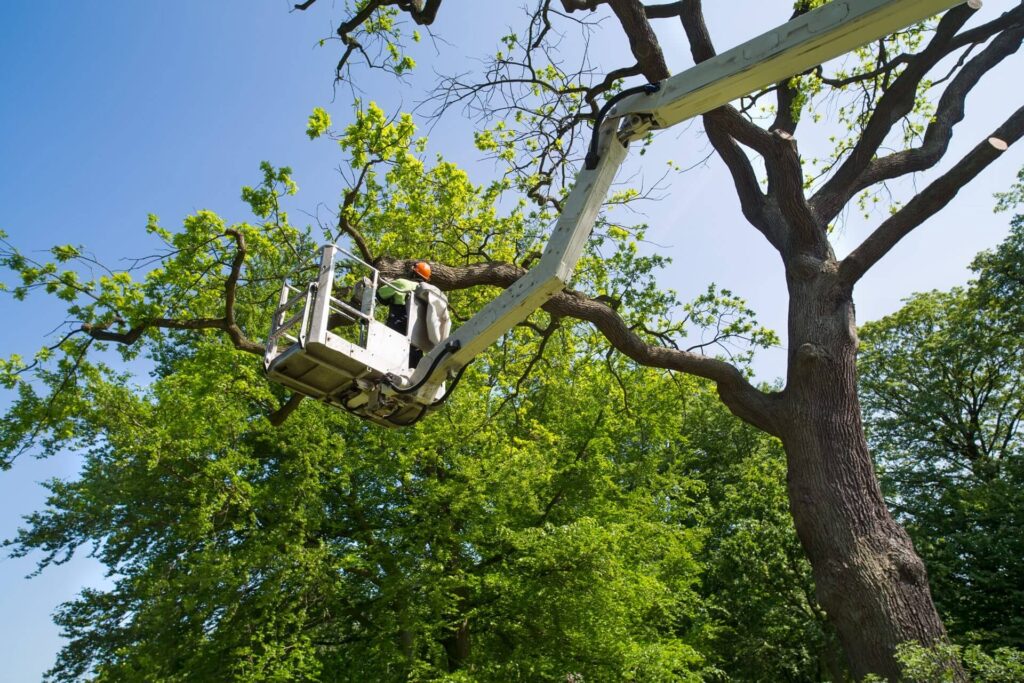Hills District Tree Removal Guide: Branching Out to a Clearer Landscape

Maintaining a beautiful and well-maintained landscape requires periodic tree removal. Whether it’s to improve the aesthetics of your property, enhance safety, or to prevent potential damage, tree removal is a necessary task for homeowners. In this comprehensive guide, we will explore the various aspects of tree removal in the Hills District and provide you with essential information to help you navigate the process successfully.
Understanding the Need for Tree Removal
Before diving into the specifics of tree removal hills district, it is crucial to understand why it is necessary in certain situations. Overgrown trees can have a significant impact on your landscape, causing various problems that can lead to potential hazards. Let’s delve into these issues further.
The Impact of Overgrown Trees on Your Landscape
Overgrown trees can obstruct sunlight and prevent other plants from thriving. This can create a domino effect, as the lack of sunlight hampers the growth of your lawn and garden. The once vibrant and lush greenery may start to wither and lose its appeal. Shade-loving plants, in particular, may suffer greatly, as they rely on limited sunlight to survive and flourish.
Furthermore, the overall appeal of your landscape can be negatively impacted by overgrown trees. The beauty of a well-maintained garden lies in its balance and harmony. When trees grow uncontrollably, they can overshadow other elements of your landscape, making it appear imbalanced and untidy.
Additionally, large trees close to your house can pose a risk during storms. Their branches may become weak and brittle over time, making them susceptible to breakage and falling. This can potentially cause significant damage to your property, including your house, vehicles, and other structures.

Identifying Hazardous Trees in Your Property
Some trees may exhibit signs of decay or disease that can compromise their structural integrity. It is essential to be able to identify these hazardous trees to prevent accidents and property damage. One common sign to look out for is extensive deadwood. Dead branches can become weak and easily break off, posing a danger to anyone or anything below. Leaning trunks are another warning sign, as they indicate a potential imbalance in the tree’s structure. Visible decay, such as cavities or rotting areas, should also raise concerns.
If you notice any of these warning signs, it is advisable to consult a certified arborist or tree removal professional for assessment. They have the expertise to determine the severity of the tree’s condition and recommend the appropriate course of action. In some cases, pruning or other tree care measures may be sufficient to address the issue. However, if the tree poses a significant risk, removal may be the safest option.
Environmental Considerations for Tree Removal
While the removal of hazardous or unwanted trees may be necessary, it is vital to consider the environmental impact of tree removal. Trees play a vital role in providing oxygen, absorbing carbon dioxide, and maintaining soil health. They are also habitats for various wildlife species.
Therefore, it is crucial to mitigate the removal’s impact on the environment by considering alternatives such as tree relocation or planting new trees in other areas of your property. Tree relocation involves carefully uprooting a tree and transplanting it to a different location, allowing it to continue its growth and benefits elsewhere. Planting new trees can help offset the loss of the removed tree, ensuring that the environmental benefits are maintained.
Additionally, it is important to properly dispose of the removed trees. Recycling the wood for various purposes, such as mulch or firewood, can minimize waste and maximize the tree’s usefulness even after removal.
By considering the environmental implications and exploring alternative solutions, you can make informed decisions about tree removal that strike a balance between safety and sustainability.
The Legalities of Tree Removal in Hills District
Once you have identified the need for tree removal, it is essential to understand the legal requirements and regulations surrounding this process within the Hills District. Failure to comply with local laws can result in fines and penalties. Let’s explore the key legal considerations.
When it comes to tree removal in the Hills District, it is not as simple as grabbing a chainsaw and getting to work. Local regulations and permits play a crucial role in ensuring that the process is carried out in a responsible and sustainable manner. Before removing any trees, it is vital to check with your local council or municipality for specific regulations and requirements.
In some cases, a permit may be necessary, especially for the removal of protected or significant trees. These permits are designed to protect the natural environment and preserve the beauty of the area. By obtaining the necessary permits, you are not only ensuring legal compliance but also contributing to the overall conservation efforts of the Hills District.
Local Regulations and Permits
Understanding and adhering to local regulations and permits is crucial when it comes to tree removal in the Hills District. Each council or municipality may have its own set of rules and requirements, so it is essential to do your due diligence and familiarize yourself with these regulations.
Some councils may have specific guidelines regarding the size and type of trees that can be removed without a permit. For example, smaller trees or those that pose a safety risk may not require a permit, while larger or protected trees may need approval from the relevant authorities.
By consulting with your local council or municipality, you can obtain the necessary information and guidance to ensure a smooth and legal tree removal process. They can provide you with the required forms and assist you in understanding the specific regulations that apply to your situation.

Protected Tree Species in Hills District
The Hills District is home to a diverse range of tree species, many of which are protected due to their environmental significance or cultural importance. It is crucial to familiarize yourself with these protected species to avoid any unintentional violations.
Some common protected tree species in the area include the Turpentine, Angophora, and Red Ironbark. These trees play a vital role in the local ecosystem and contribute to the overall biodiversity of the Hills District. Removing them without proper authorization can have significant ecological consequences.
If you are unsure about a tree’s protected status, it is always advisable to seek advice from a local arborist or relevant authorities. They can help you identify the species and provide guidance on the necessary steps to take if removal is required.
Penalties for Illegal Tree Removal
Illegal tree removal is taken seriously in the Hills District, and the consequences can be severe. It is essential to comply with local regulations to avoid penalties that can range from hefty fines to restoration requirements or even legal action.
The severity of the penalties depends on various factors, such as the size and significance of the tree removed, the intent behind the removal, and the extent of the damage caused. Authorities have the power to enforce these penalties to deter individuals from engaging in illegal tree removal activities.
By understanding and following the legal requirements, you can ensure a smooth tree removal process while avoiding unnecessary consequences. It is always better to be proactive and informed rather than facing the legal ramifications of non-compliance.
Preparing for Tree Removal
Now that you have a clear understanding of the need for tree removal and the legal considerations involved, it’s time to prepare for the actual removal process. This section will guide you through the essential steps to ensure a successful tree removal.
Assessing the Tree’s Condition
Before proceeding with the removal, it is crucial to assess the tree’s condition carefully. If you are uncertain about the tree’s health or any potential risks, it is advisable to seek professional advice. Certified arborists can help evaluate the tree’s health, structural stability, and provide recommendations for safe removal.
When assessing the tree’s condition, it’s important to consider various factors. Look for signs of decay, such as soft or hollow areas in the trunk, fungal growth, or dead branches. These can indicate that the tree is in a weakened state and may pose a higher risk of falling or causing damage during removal.
Additionally, consider the tree’s overall structure. Are there any large, overhanging branches that could potentially fall and cause harm? Are there any signs of pest infestation or disease that could compromise the tree’s stability? By thoroughly assessing these factors, you can make an informed decision about whether the tree should be removed.
Necessary Equipment for Safe Tree Removal
Tree removal requires specialized equipment to ensure efficiency and safety. For larger trees, professional tree removalists often have access to cranes, tree climbing gear, and wood chippers to simplify the process. If you are planning to tackle tree removal independently, renting appropriate equipment and tools is essential to maintain safety throughout the removal process.
When it comes to equipment, it’s important to have the right tools for the job. Chainsaws, ropes, and harnesses are commonly used in tree removal to safely cut and lower branches. Stump grinders are also useful for removing the tree’s stump after the main trunk has been taken down. By using the appropriate equipment, you can ensure that the tree removal process is carried out efficiently and with minimal risk.

Planning the Removal Process
Tree removal should be carefully planned to ensure a smooth and efficient operation. Consider factors such as the tree’s proximity to structures, power lines, or nearby trees. Create a detailed plan outlining the step-by-step process, including strategies for containing debris, protecting surrounding vegetation, and minimizing any potential disruptions.
When planning the removal process, it’s important to take into account any potential obstacles or hazards. For example, if the tree is located near power lines, it may be necessary to coordinate with the local utility company to ensure a safe removal. Similarly, if the tree is close to structures or other trees, careful consideration should be given to the direction in which the tree will fall to avoid any damage.
Furthermore, consider the disposal of the tree’s debris. Will you be able to dispose of it yourself, or will you need to hire a waste removal service? Planning ahead for debris removal can help streamline the process and prevent any delays or complications.
By carefully assessing the tree’s condition, acquiring the necessary equipment, and planning the removal process, you can ensure a safe and successful tree removal. Remember to prioritize safety at all times and, if in doubt, consult with professionals who can provide expert guidance.
Step-by-Step Guide to Tree Removal
With proper preparation and planning, you are ready to embark on the tree removal process. This section will provide you with a step-by-step guide to safely remove trees from your property.
Safety Measures Before Starting
Prioritize safety before beginning any tree removal activities. Ensure all necessary protective gear, such as gloves, safety glasses, and helmets, are readily available. Identify potential hazards in the area, including obstacles, unstable ground, or nearby power lines, and take appropriate precautions to mitigate these risks.
Cutting Techniques for Different Tree Sizes
The size and type of tree will determine the cutting techniques required for removal. For smaller trees, manual pruning tools such as hand saws or pruning shears may be sufficient. However, for larger trees, chainsaws or professional-grade equipment may be necessary. It is crucial to follow proper cutting techniques to ensure efficient removal while minimizing risks.
Dealing with the Tree Stump
Once the tree has been successfully removed, you will need to decide how to handle the remaining tree stump. Stump removal can be challenging without the proper equipment, so consider options such as tree stump grinding or leaving the stump to naturally decompose over time. Consulting a professional tree removal service is advisable for stump removal, as they have the expertise and equipment to tackle this task effectively.
Branching Out to a Clearer Landscape
By following this comprehensive guide to tree removal in the Hills District, you are equipped with the necessary knowledge to safely and responsibly remove trees from your property. Remember to consider the environmental impact, adhere to legal requirements, and prioritize safety throughout the entire process. Branch out to a clearer landscape with confidence, and enjoy the beauty and safety of your rejuvenated surroundings.
See Also: Unveiling the Art of Expert Tree Removal
